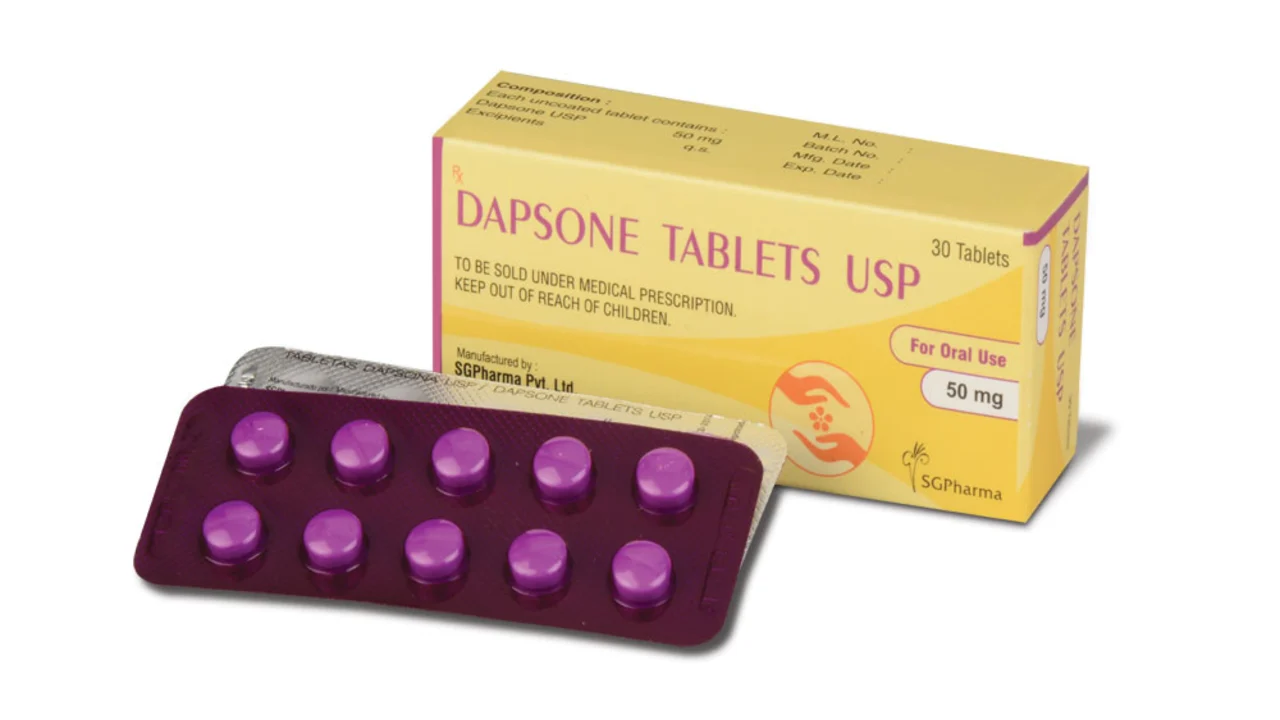Dosage Instructions: Your Quick Guide to Safe Dosing
Ever stared at a pill bottle and wondered if you’re taking the right amount? You’re not alone. Wrong dosing is a common cause of side‑effects, wasted money, and even serious health issues. This guide breaks down what dosage instructions really mean and shows you how to follow them without guessing.
Read the Label Like a Pro
The first thing you see on any medication is the label. Look for three key bits: the amount per dose (e.g., 500 mg), how often to take it (every 8 hours), and the total course length (7 days). If the label lists a range ("1‑2 tablets"), start with the lower number unless a doctor told you otherwise. Pay attention to special notes like "take with food" or "avoid alcohol"—they’re there to keep the drug working the way it should.
When you buy supplements, the same rules apply. Many supplements list a daily value (e.g., 200 mg of germanium) and a recommended serving size. Don’t assume more is better; excess can cause toxicity or interact with other meds.
Common Mistakes and How to Avoid Them
One big mistake is mixing up "as needed" with a fixed schedule. If a painkiller says "take one tablet every 4–6 hours as needed," you still shouldn’t take two tablets back‑to‑back to chase relief. Space them out and stay under the maximum daily limit.
Another trap is using the wrong measuring tool. A tablespoon of liquid medicine is not the same as a teaspoon. Always use the cup or spoon that comes with the medication, or buy a proper medical syringe for liquids.
People also forget to adjust doses for age, weight, or kidney function. Kids and older adults often need lower amounts. If the label doesn’t specify, ask a pharmacist or your doctor before you start.
Storing meds correctly is part of dosing, too. Heat, light, and moisture can degrade a drug, making the stated dose ineffective. Keep tablets in a dry place, and refrigerate liquids only if the label says so.
Finally, keep a simple dosing log. Jot down the time you take each pill, especially if you’re on multiple drugs. A quick note on your phone or a small notebook can stop accidental double‑dosing.
By following these straightforward steps—reading labels carefully, using the right tools, and tracking what you take—you’ll turn confusing dosage instructions into a clear routine. Need more details on a specific medication? Our tag page lists articles on everything from Terramycin eye ointment to Protonix dosing, each packed with the exact numbers you need. Stay informed, stay safe, and let the right dose work for you.
Dapsone for Children: Safety, Dosage, and Indications
Hey there folks, I've penned down a comprehensive guide on Dapsone for children. I've delved into how safe it is for our little ones, the appropriate dosage, as well as the situations where it’s recommended by healthcare professionals. Giving you a peace of mind about this medication and its application is my prime objective. Stay with me as we explore this important subject - making the journey of parenting a bit more informed and safe.

